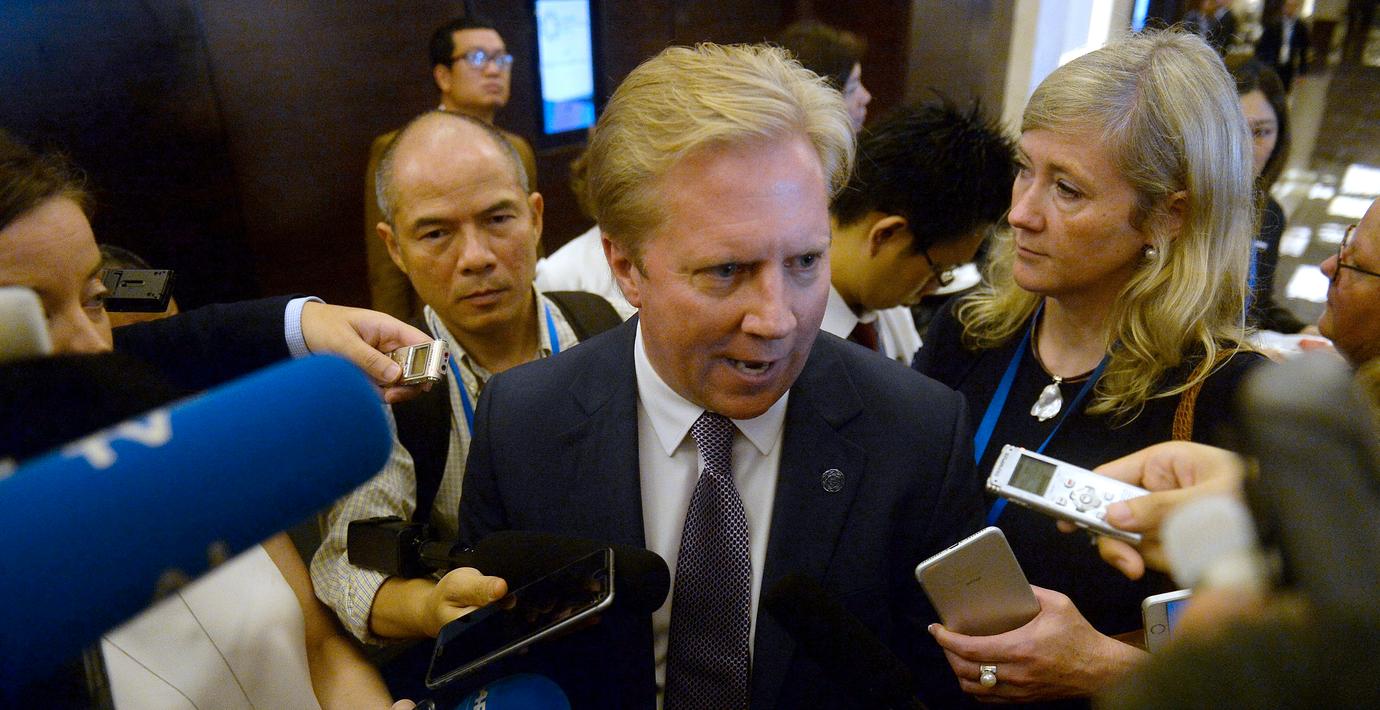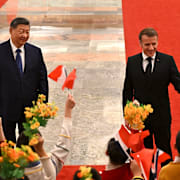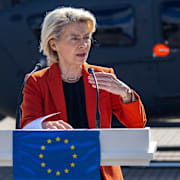
Elva länder går vidare med frihandelsavtal – utan USA
De elva länder som stannat kvar inom frihandelsavtalet TPP efter att USA dragit sig ur har kommit överens om att fortsätta samarbetet. Det uppger Nya Zeelands handelsminister Todd McClay på söndagen, i samband med mötet mellan medlemsnationerna i det så kallade Apac – Asia-Pacific Economic Cooperation.
Enligt McClay har nationerna även kommit överens om att öppna möjligheter för USA att återansluta sig till handelspakten, skriver Wall Street Journal.
Nya Zeeland är tillsammans med Japan det enda land som hittills har ratificerat avtalet, något som samtliga TPP-länder måste göra för att det ska kunna träda i kraft.
Asia-Pacific Economic Cooperation (Apac)
Wikipedia (sv)
Asia-Pacific Economic Cooperation (APEC), engelska för: Asien-Pacifikens ekonomiska samarbete, är ett 1989 på initiativ från Australien skapat forum för 21 ekonomier i Stillahavsregionen. APEC, vars medlemmar representerar omkring sextio procent av den totala världsekonomin, används för att diskutera för medlemmarna relevanta frågor om ekonomi, handel och utvecklingsarbete. Ett årligt möte, APEC Economic Leaders Meeting, hålls med ledarna för de olika länderna (utom Taiwan som representeras av en person på ministernivå). Mellan dessa möten koordineras organisationen av ett sekretariat. Därutöver har APEC ett rådgivande organ vari representanter från medlemsländernas näringsliv ingår.
bakgrund
Trans-Pacific Partnership (TPP)
Wikipedia (en)
The Trans-Pacific Partnership (TPP), or the Trans Pacific Partnership Agreement (TPPA), is a trade agreement between Australia, Brunei, Canada, Chile, Japan, Malaysia, Mexico, New Zealand, Peru, Singapore, the United States (until 23 January 2017) and Vietnam.
The finalized proposal was signed on 4 February 2016 in Auckland, New Zealand, concluding seven years of negotiations. It currently cannot be ratified due to U.S. withdrawal from the agreement on 23 January 2017. The former Obama Administration claimed that the agreement aimed to "promote economic growth; support the creation and retention of jobs; enhance innovation, productivity and competitiveness; raise living standards; reduce poverty in the signatories' countries; and promote transparency, good governance, and enhanced labor and environmental protections." The TPP contains measures to lower both non-tariff and tariff barriers to trade, and establish an investor-state dispute settlement (ISDS) mechanism.
The TPP began as an expansion of the Trans-Pacific Strategic Economic Partnership Agreement (TPSEP or P4) signed by Brunei, Chile, New Zealand, and Singapore in 2005. Beginning in 2008, additional countries joined the discussion for a broader agreement: Australia, Canada, Japan, Malaysia, Mexico, Peru, the United States, and Vietnam, bringing the total number of countries participating in the negotiations to twelve. Current trade agreements between participating countries, such as the North American Free Trade Agreement, will be reduced to those provisions that do not conflict with the TPP or provide greater trade liberalization than the TPP. The Obama administration considered the TPP a companion agreement to the proposed Transatlantic Trade and Investment Partnership (TTIP), a broadly similar agreement between the U.S. and the European Union.
Participating nations aimed at completing negotiations in 2012, but the process was prolonged by disagreements over contentious issues, including agriculture, intellectual property, and services and investments. A final agreement was signed on 5 October 2015, and then awaited ratification by the signatories. The treaty was made public on 5 November 2015. CNN called it "the largest proposed free trade deal in history". On 20 November 2016, Singapore declared that they would amend legislation to bring the TPP into effect. On 21 November 2016, U.S. president-elect Donald Trump announced that he planned to withdraw the United States from the TPP after he took office; on 23 January 2017, President Trump signed a presidential memorandum to withdraw.
The U.S. International Trade Commission, the Peterson Institute for International Economics, the World Bank and the Office of the Chief Economist at Global Affairs Canada found that the final agreement would, if ratified, lead to net positive economic outcomes for all signatories, while a heterodox analysis by two Tufts University economists found that the agreement would adversely affect the signatories. After the U.S. withdrawal, negotiations continued on the Regional Comprehensive Economic Partnership, which adds China but does not include any countries in the Americas. RCEP puts less emphasis on labor and environmental standards, and more on infrastructure and lowering of tariffs.
Omni är politiskt obundna och oberoende. Vi strävar efter att ge fler perspektiv på nyheterna. Har du frågor eller synpunkter kring vår rapportering? Kontakta redaktionen



